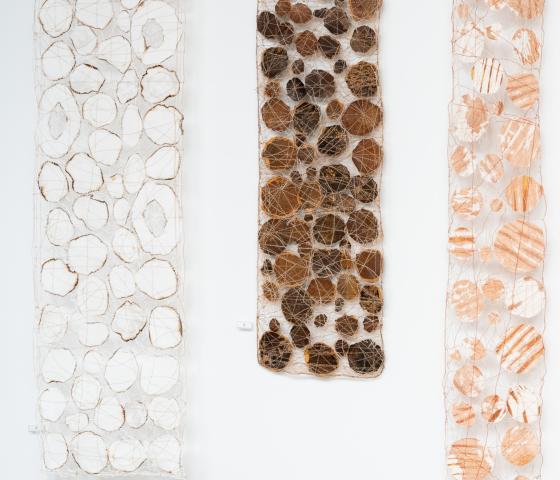
Mastering Advanced Macro Techniques
Understanding Macro Photography Basics
Macro photography focuses on capturing small subjects with incredible detail and magnification. Understanding the basics of macro photography, such as aperture settings, focal length, and magnification ratios, is essential before diving into advanced techniques.
Choosing the Right Equipment
Investing in the right equipment is crucial for advanced macro photography. A dedicated macro lens with a high magnification ratio, a sturdy tripod, and macro focusing rails can significantly improve the quality of your macro shots. Additionally, consider using external lighting sources like macro flash or LED lights for precise illumination.
Exploring Focus Stacking Techniques
Focus stacking is a powerful technique in macro photography that involves merging multiple images with different focus points to achieve a sharp and detailed final image. Experimenting with focus stacking techniques can help you capture intricate details while maintaining overall sharpness in your macro shots.
Utilizing Diffusers and Reflectors
Controlling light is key to successful macro photography. Diffusers help soften harsh light and reduce glare, while reflectors can bounce light back onto your subject for added illumination. Experimenting with different diffusers and reflectors can enhance the lighting and mood of your macro images.
Mastering Depth of Field Control
Depth of field control is critical in macro photography, as it determines the amount of sharpness in your images. Advanced techniques such as using a narrow aperture for increased depth of field or employing selective focus to isolate specific details can add depth and dimension to your macro shots.
Experimenting with Creative Angles
Macro photography offers endless possibilities for creative compositions and angles. Experiment with unconventional angles, perspectives, and compositions to capture unique and artistic macro images. Don’t be afraid to get close to your subject and explore different viewpoints to showcase intricate details.
Capturing Motion in Macro Shots
Adding motion to your macro shots can create dynamic and engaging images. Experiment with techniques like capturing water droplets in motion, freezing the movement of insects, or using long exposure for creative blurs. Incorporating motion adds a sense of life and energy to your macro photographs.
Utilizing Post-Processing Techniques
Post-processing plays a vital role in enhancing and refining macro images. Techniques such as sharpening, color correction, and retouching can help bring out the best in your macro shots. Explore software tools like Adobe Photoshop or Lightroom to fine-tune your images and achieve professional results.
Understanding Macro Composition Rules
Composition is just as important in macro photography as it is in any other genre. Understanding composition rules such as the rule of thirds, leading lines, and negative space can help you create visually pleasing and impactful macro compositions. Experiment with different compositions to find what works best for your subject.
Continuous Learning and Practice
Advanced macro photography is a continuous learning process that requires practice and experimentation. Stay updated with new techniques, attend workshops or online courses, and seek inspiration from other macro photographers. Dedicate time to honing your skills and pushing the boundaries of creativity in your macro photography journey. Read more about macro photography techniques

